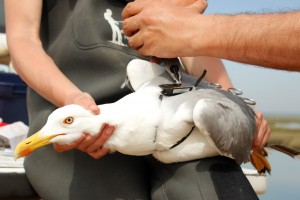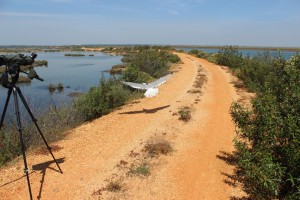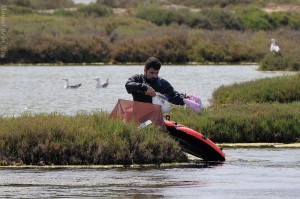Human activities are impacting ecosystems globally to an unprecedented degree and with important effects on global biodiversity. However, human activities do not affect all species in the same way and environments transformed by human development may still provide profitable habitats and resources for species with a moderate degree of adaptation to anthropogenic alterations.


Population expansions related with human disturbances have recently gained notoriety as a major conservation and management concern in natural and semi-natural ecosystems. However, the mechanisms that facilitate the invasion or proliferation of native species and the ecological consequences of this expansion have been scarcely studied.

In this project, we are investigating the main ecological factors and repercussions related to the success and expansion of the Yellow-Legged Gull (Larus Michahellis) as a species model of an ecological ‘winner’ and successful marine predator adapted to human transformation. Particularly, we are examining; (i) the degree of individual specialization in foraging habits, (ii) the type of habitat exploited when searching for food, (iii) interactions with other species coexisting in the same area, (iv) the main trophic habits and the relationships between spatial use, and (vi) physiological state, and (vii) pathogens prevalence.
To meet these objectives, we will use a multidisciplinary fieldwork and laboratory approach combining the use of high-resolution UvaBits devices, intrinsic markers, ecophysiological parameters and pathogen screening.
During the incubation period of 2015, we deployed UvA-BiTS loggers on 30 breeding adult gulls belonging to 15 breeding pairs. Main spatial and foraging descriptors of each tracked individual were linked to specific physiological parameters measured in blood samples, and also pathogen prevalence. We also analysed stable isotopes in blood and feathers to relate spatial movements, ecophysiology and pathogen load with the derived trophic niche of each individual.
Contact persons, funders and participants

Joan Navarro joan@ebd.csic.es and Manuela G. Forero gforero@ebd.csic.es Estación Biológica de Doñana EBD-CSIC, Sevilla (Spain)
Willem Bouten, University of Amsterdam Institute for Biodiversity and Ecosystem Dynamics / Instituut voor Biodiversiteit en Ecosysteem Dynamica (IBED) w.bouten@uva.nl

